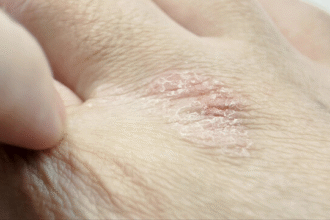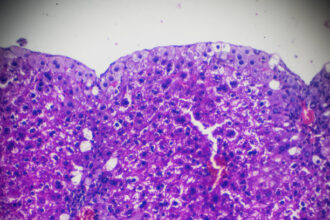Cerebral Arteriosclerosis
Cerebral arteriosclerosis refers to a series of neurological and psychiatric symptoms caused by diffuse sclerosis of cerebral blood vessels. It is characterized by stenosis of the lumen, occlusion of arterioles, reduced blood flow to the brain parenchyma, and degeneration of nerve cells, often occurring on the basis of systemic arteriosclerosis.
Key Points
- Cerebral arteriosclerosis primarily affects individuals over the age of 50.
- Commonly occurs at the carotid bifurcation, with rare involvement of the common carotid artery origin.
- The disease is associated with lipid metabolism disorders, hemodynamic factors, and hypertension.
- Early detection and management are crucial to prevent complications.
Causes and Pathogenesis
Lipid Metabolism Disorders and Intimal Damage
- Role of lipids:
- Lipid metabolism disorders and intimal damage are early and critical factors in atherosclerosis.
- Neutral fats and cholesterol deposit on the intima, forming atherosclerotic plaques.
- Progression:
- Early lesions occur in the intima, leading to plaque formation and vascular narrowing.
Hemodynamic Factors
- Blood flow dynamics:
- At arterial bifurcations, bends, and irregularities, blood flow becomes turbulent.
- High shear stress and turbulence cause mechanical damage to the intima.
- Lipid migration:
- Plasma lipids accumulate at damaged sites, accelerating atherosclerosis progression.
Platelet Aggregation
- Role of platelets:
- Platelets aggregate at arterial bifurcations, interacting with endothelial cells.
- This leads to intimal damage, adhesion, and platelet thrombosis.
High-Density Lipoprotein (HDL) and Atherosclerosis
- HDL metabolism:
- HDL is involved in the metabolic pathways of chylomicrons (CM) and very low-density lipoprotein (VLDL).
- Decreased serum HDL levels are associated with increased atherosclerosis risk.
Hypertension and Atherosclerosis
- Impact of hypertension:
- High blood pressure exerts mechanical pressure on arterial walls.
- This promotes intimal damage and accelerates atherosclerosis development.
Implications for Neurological Health
- Neurological symptoms:
- Reduced blood flow to the brain parenchyma leads to nerve cell degeneration.
- Symptoms may include cognitive decline, memory loss, and mood changes.
- Psychiatric symptoms:
- Depression, anxiety, and other psychiatric manifestations may occur.
Challenges and Future Directions
- Challenges:
- Early detection of cerebral arteriosclerosis remains difficult.
- Managing comorbid conditions such as hypertension and lipid disorders.
- Future directions:
- Advances in imaging techniques for early diagnosis.
- Development of targeted therapies to address underlying pathophysiological mechanisms.
Patient and Public Education
- Raise awareness of the risk factors and symptoms of cerebral arteriosclerosis.
- Promote healthy lifestyle choices, including a balanced diet and regular exercise.
- Encourage regular health check-ups for early detection and management.
Cerebral arteriosclerosis is a significant contributor to neurological and psychiatric conditions in older adults. Understanding its causes and pathogenesis is essential for developing effective prevention and treatment strategies.







